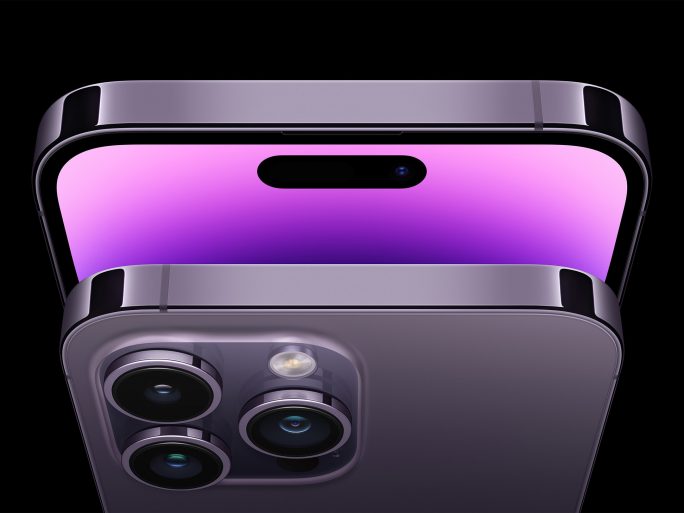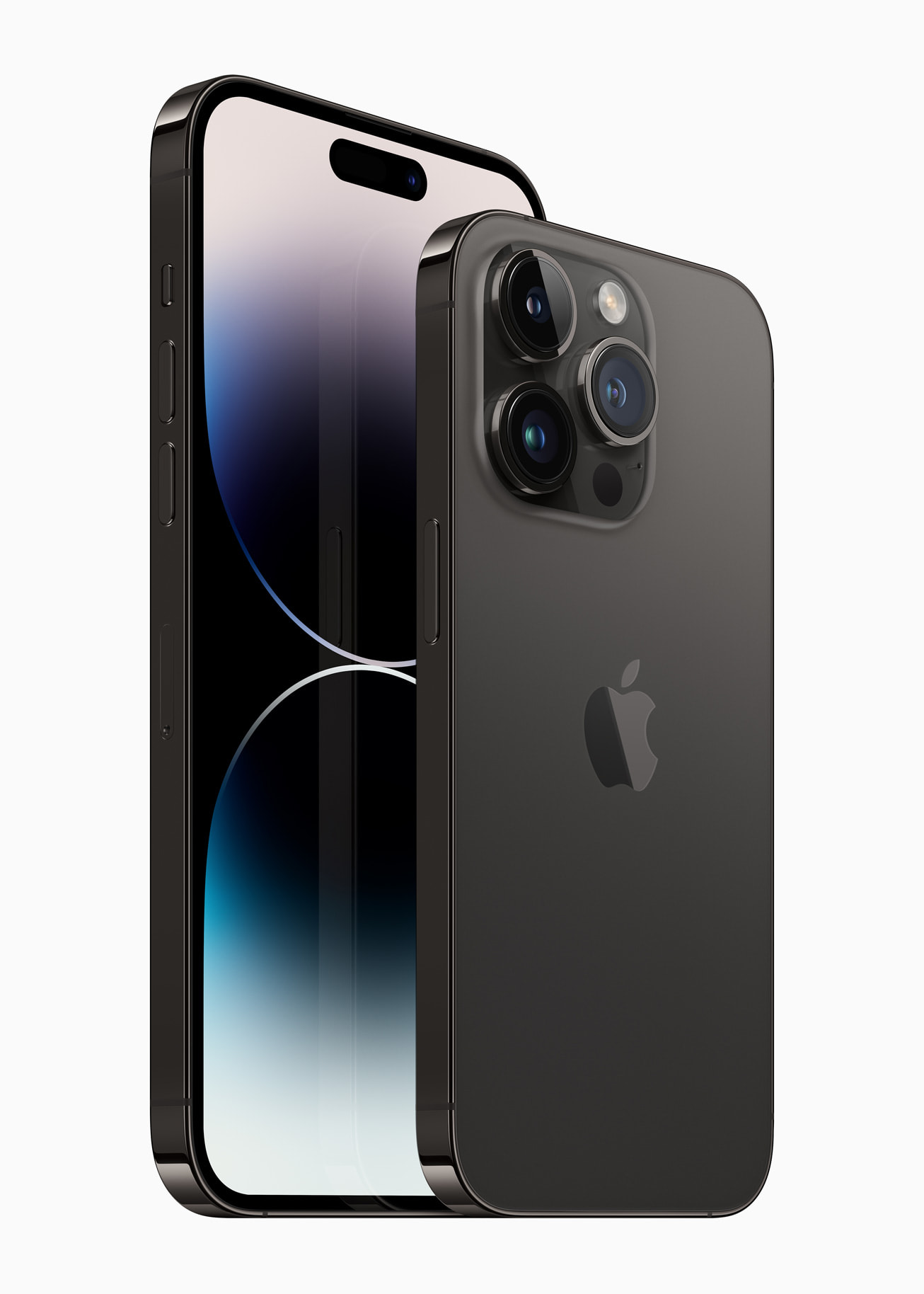Apple iPhone 15 To Feature USB-C, Says Noted Leaker

Noted Apple leaker Mark Gurman says iPhones are moving to USB-C next year, but warns it is “just a stopgap”
Apple will respond to an incoming law concerning electronics within the European Union, and will finally ditch its lightning charging port.
This is according to Bloomberg’s noted Apple leaker, Mark Gurman, after the European Parliament last week approved one single charger for all mobile phones and tablets – 13 years after the idea was first mooted.
Gurman reported this means Apple will shift from its lightning charging port on the iPhone to USB-C. But he said the firm is still planning on a wireless future.
![]()
Charging port
In his article Gurman noted that Apple “should have moved to USB-C charging on the iPhone and other mobile devices a few years ago. After all, it switched to USB-C on some laptops in 2015 and on the iPad Pro in 2018.”
Power On: Apple’s move to USB-C is just a stopgap until its wireless future. Also: thoughts on Google’s latest Pixel devices, more on the iPad Pro and Stage Manager and another Apple Car departure https://t.co/UjyUw5jb2n
— Mark Gurman (@markgurman) October 9, 2022
He noted that Apple has currently left its loyal customers with a “patchwork of options”.
He pointed out that “if you’re an Apple fan entrenched in its ecosystem – with an iPhone, AirPods, iPad, Apple Watch and MacBook – you need at least three different chargers: Lightning for the iPhone and AirPods, USB-C for the iPad Pro and MacBook, and MagSafe for the Apple Watch.”
He noted that this is a “far cry from the clean, simple approach to technology espoused by Apple,” but now Apple will be forced to take action.
Law change
Last week the European Parliament approved one single charger for all mobile phones and tablets.
This issue of a universal (or common) charger has been hanging around for 13 years, after the majority of smartphone manufacturers (including Apple) adopted the voluntary Micro-USB standard back in 2009.
The final micro-USB design charger was officially agreed in 2010 with ten mobile phone makers including Apple, Samsung, Huawei and Nokia (remember them?), so that they could standardise their chargers for new models of smartphones coming into the market in 2011.
But that ambition and timeframe was never achieved, and in 2014 the European Parliament gave its formal support for an universal charger for smartphones, tablets and other portable electronics.
Apple however had already introduced its 8 pin Lightning connector in September 2012, and it took advantage of a loophole in the European Union 2010 agreement (it was only a voluntary memorandum of understanding) to carry on using its Lightning connector, which is still in use on all iPhone models, including the latest iPhone 14.

In September 2021 the European Commission had presented its draft legislation for a common charging port, and in April 2022 the European Parliament’s Internal Market and Consumer Protection Committee backed the proposal for a common (or universal) charger.
Now the European parliament has approved the move, and the law requires device makers (i.e. phones, tablets, cameras, headphones and headsets, e-readers, keyboards, mice, mobile navigation systems, and portable game consoles and speakers) to switch to USB-C by Autumn of 2024 for new products.
This will extend to laptops in spring 2026.
It should be noted despite the European Parliament signing off on it, the law will only take effect in two years (late 2024).
USB-C move
This could therefore mean that Apple could squeeze in another year of using the Lightning port.
But Gurman believes that the Cupertino-based firm won’t wait until the last possible moment.
Gruman noted that while Apple has publicly warned that the universal charger would hurt innovation and create a mountain of electronics waste, in private Apple has been preparing for this law.
“I think the company will even handily beat the due date with its most visible products,” wrote Gruman. “The iPhone 15 is essentially a lock to get USB-C in the fall of 2023, beating the mandate by a year. The one remaining iPad without USB-C (the entry-level model), should be getting the port by the end of this year.”
That leaves the AirPods, Magic Mouse, Magic Keyboard and Magic Trackpad as the lone devices that will need to eventually make the switch.
But Gruman warned that USB-C era on Apple products “will be far shorter-lived than the tenure of the 30-pin iPod connector or Lightning.”
“I still believe that Apple’s future is wireless and that some version of the canceled AirPower dream from 2017 will eventually come to fruition – well before a decade from now,” wrote Gruman.
At some point in the next few years, Apple will probably begin transitioning entirely to inductive charging on the iPhone and iPad, matching the Apple Watch, he wrote.